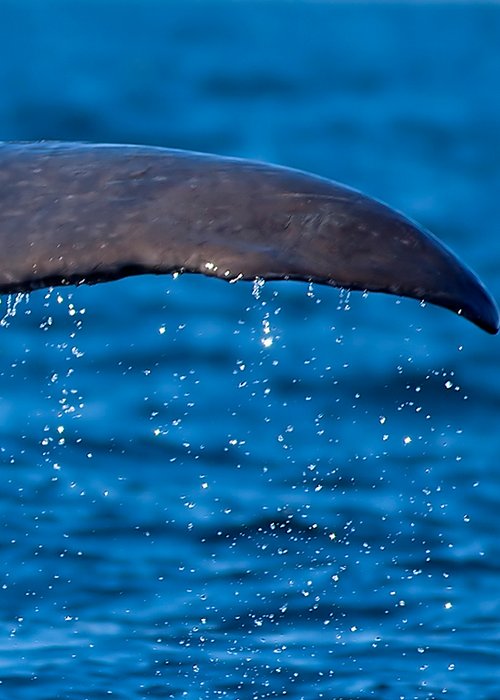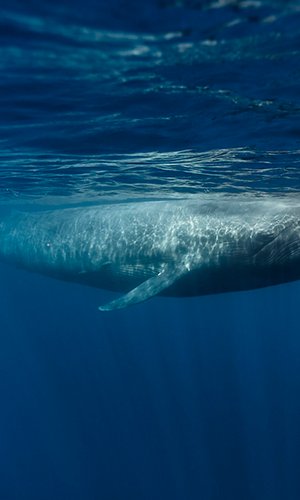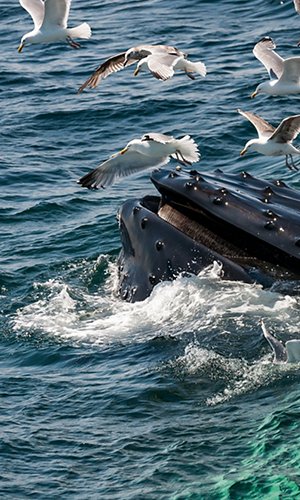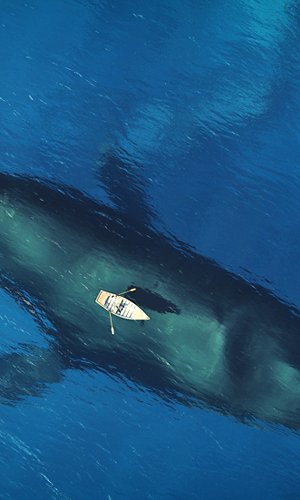Under the sea, light is scarce and smells are hard to detect. Sound, however, can be heard exceptionally well underwater because it travels about four times faster than in air. This is why cetaceans, large marine mammals such as humpback whales, orcas, dolphins and sperm whales, communicate primarily through vocalisations. Whale songs can travel hundreds of kilometres. What do they tell each other? To our ears, these vocalisations resemble clicks, whistles, whimpers and groans. But when we think of the sounds emitted by cetaceans, it's often the melodious songs of whales that come to mind. The sperm whale has the largest teeth of any cetacean in the world. Measuring up to 18 metres in length, it plunges to depths of almost 3000 metres to hunt giant molluscs and fish commensurate with its size. It inhabits several regions, including the Mediterranean between the Ligurian and Tyrrhenian Seas. Sperm whales emit sequences of clicks to explore their environment and locate prey, using biosonar along with other lower volume clicks known as CODAS for communication with each other. This underwater language, which appears to be made up of series of codes reminiscent of the Morse alphabet, is being recorded by researchers all around the world. Special underwater microphones called hydrophones are used to record the sperm whales' vocalisations. But why collect CODAS?
The Cetacean Translation Initiative (CETI) project has an exciting and ambitious goal: to use artificial intelligence to translate the language of sperm whales and communicate with them. Essentially, the aim is to develop a kind of ChatGpt for conversing with them. The research team will collect sounds across vast expanses of ocean, which the computer will then analyse to create a translator for sperm whale language. This initiative will not only serve scientific purposes, but will also contribute to the conservation of the species.




